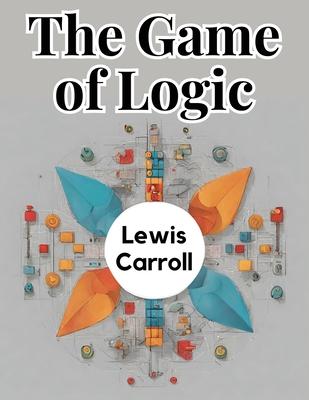"The Game of Logic" is a lesser-known work by the famous author Lewis Carroll, published in 1886. Unlike his more renowned works such as "Alice’s Adventures in Wonderland" and "Through the Looking-Glass," this book focuses on mathematical and logical concepts rather than narrative fiction.
In "The Game of Logic," Lewis Carroll introduces readers to the principles of deductive reasoning and symbolic logic through a series of puzzles and games. The book is structured as a dialogue between the author and a fictional character named "The Gamekeeper." Together, they explore various logical puzzles and problems, using Carroll’s invented system of symbols and diagrams to represent logical propositions and deductions.
Carroll’s writing style in "The Game of Logic" is playful and engaging, reflecting his background as a mathematician and logician. He presents complex concepts in a clear and accessible manner, making them understandable even to readers with limited prior knowledge of formal logic.
Throughout the book, Carroll emphasizes the importance of logical thinking and problem-solving skills, encouraging readers to approach each puzzle methodically and analytically. He also includes numerous illustrations and examples to illustrate key concepts and provide context for the logical principles being discussed.
While "The Game of Logic" may not have achieved the same level of popularity as Carroll’s more famous works, it remains an intriguing exploration of mathematical and logical reasoning. Through its combination of puzzles, games, and dialogue, the book offers readers a unique opportunity to engage with abstract ideas and sharpen their analytical abilities in a fun and entertaining way.












